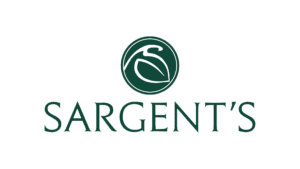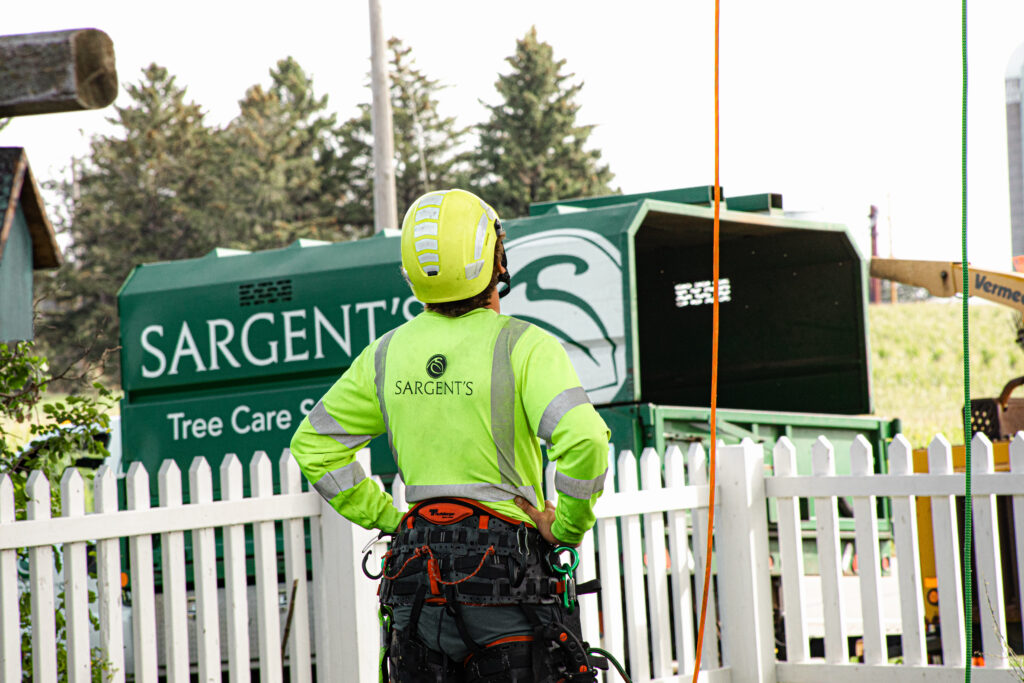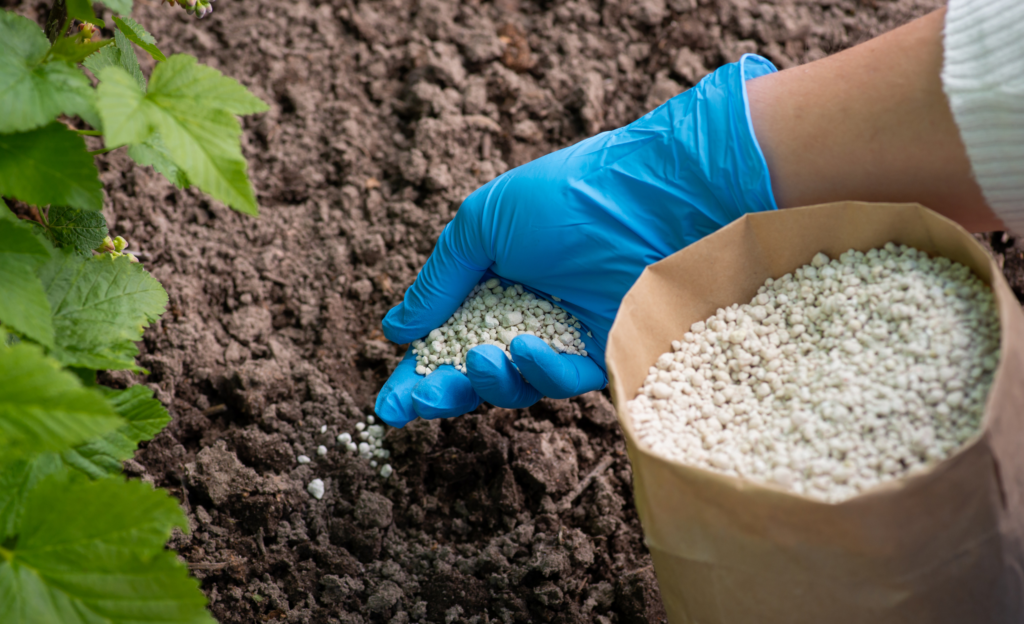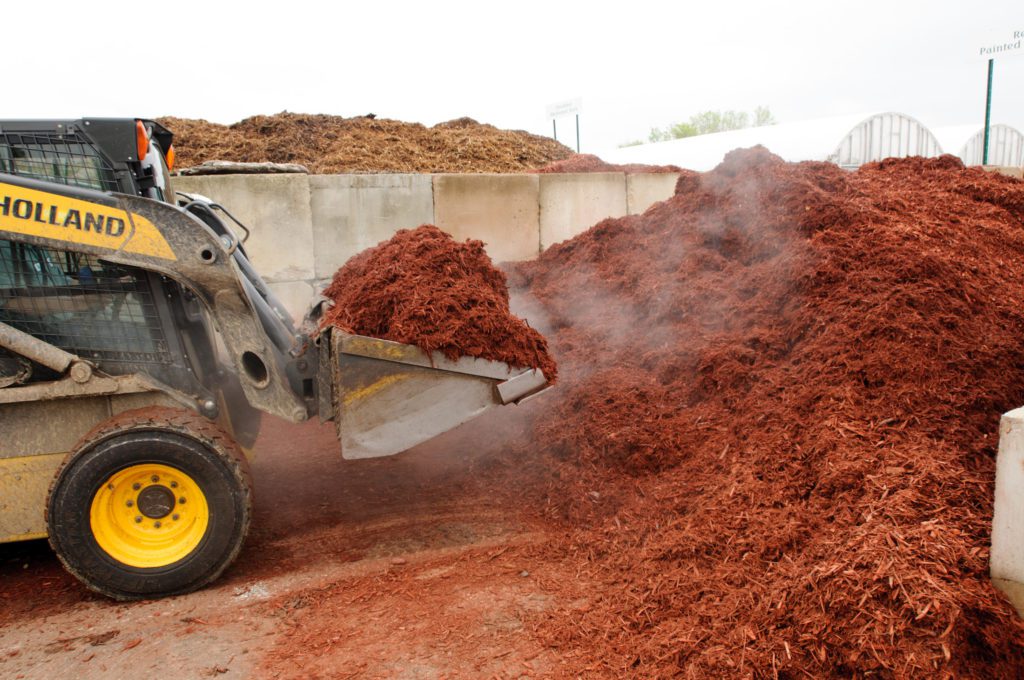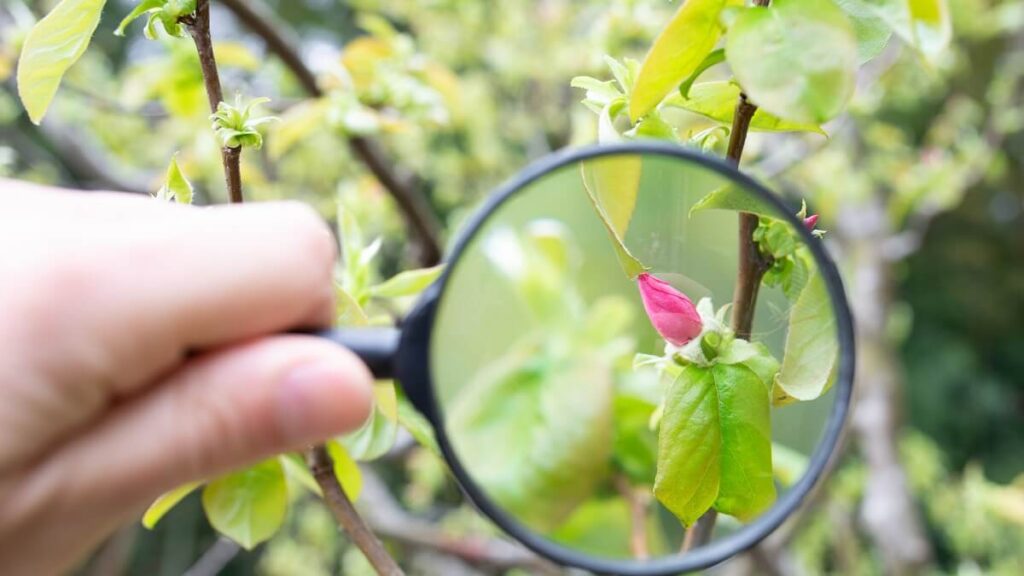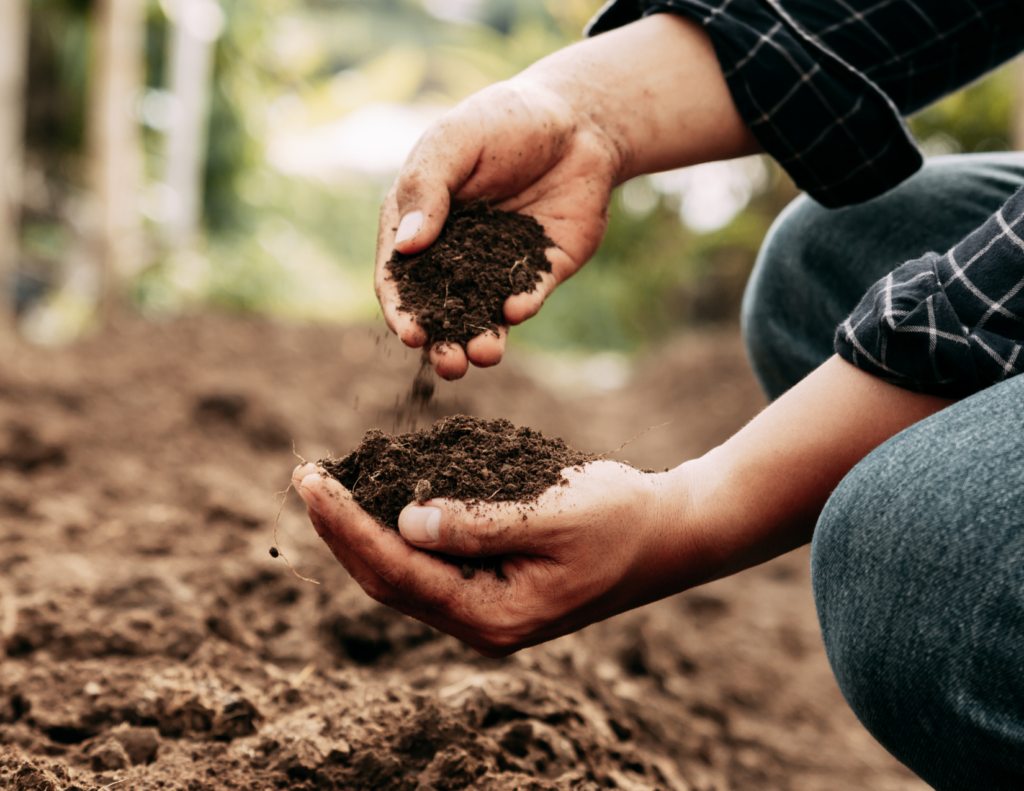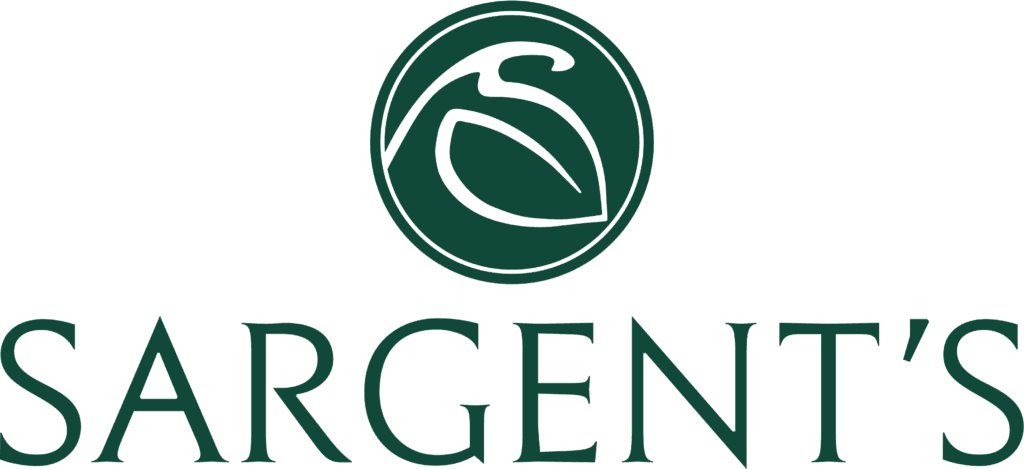Supporting Minnesota’s Pollinators
1 out of every 3 bites of food you take exists thanks to pollinators such as bees and butterflies. For this, and many other reasons, we work hard to support these critters that give us so much. Below we’ll talk about some of the things we do here at Sargent’s to help pollinators, as well as showcase some of our favorite pollinator-friendly bloomers for your garden.
Pollinator Prairie
You may have seen us talk about this before, but it’s something we are really proud of. We have dedicated 3 acres of land at our North location to be restored to its natural state. This includes removing the existing invasive grasses and planting native grasses and pollinator-friendly plants such as milkweed (Monarch butterfly’s only food source). This is a work in progress and we are making great progress towards this becoming a reality. Below are some pictures of the controlled burn that kicked off this project last fall!
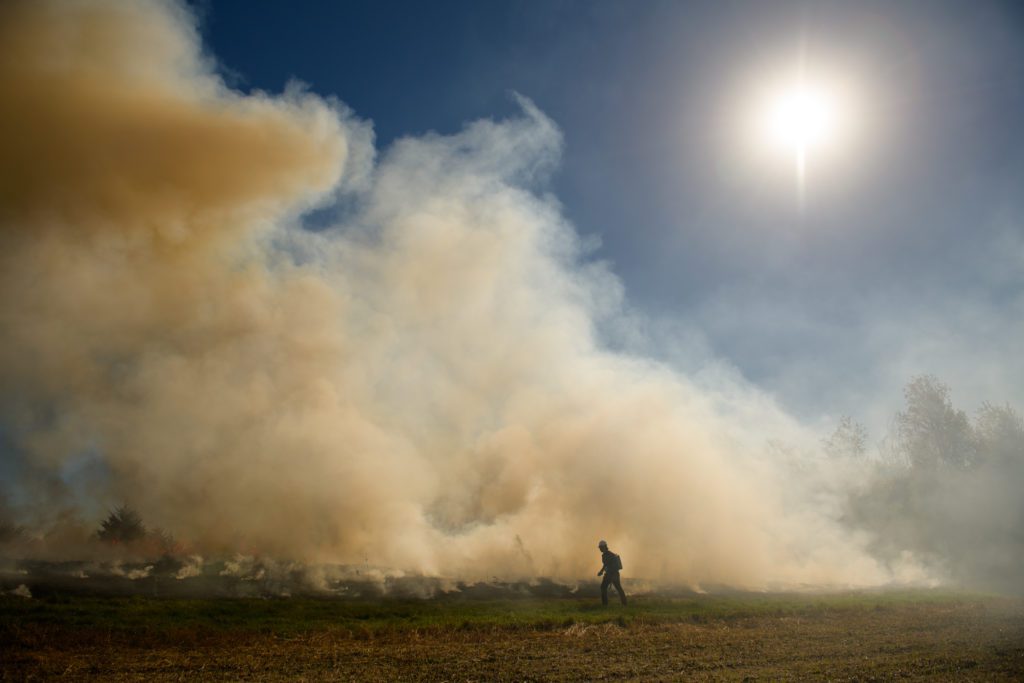
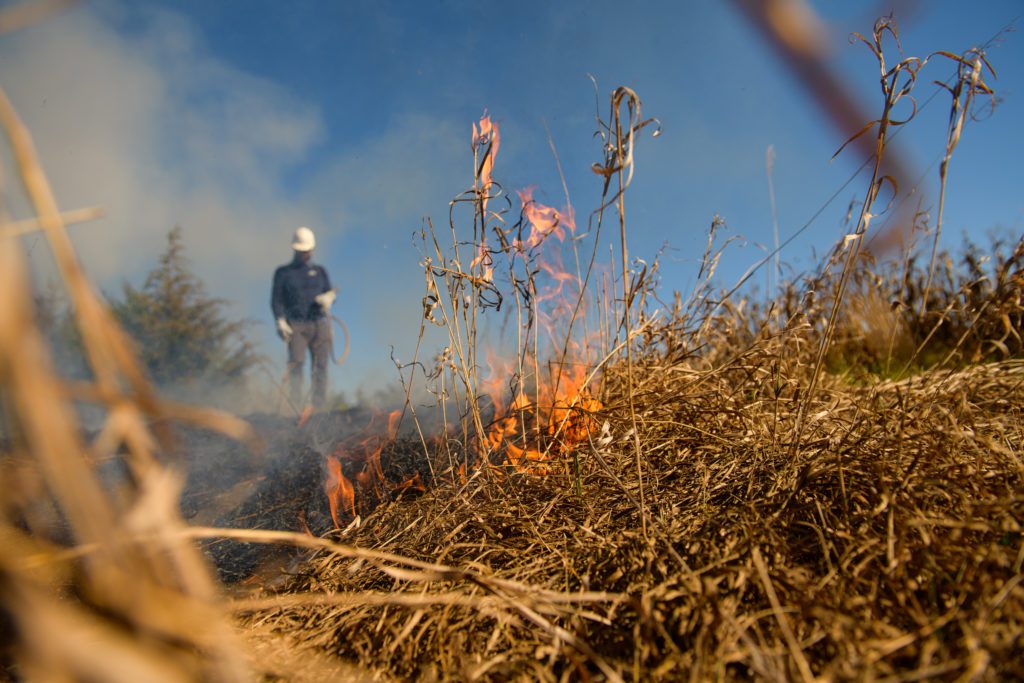
If you want to learn more about this project and how it fits into our approach to climate change, head over to our other blog post found HERE.
Pollinator Garden
Support for pollinators goes beyond the beautiful plants we grow and sell. We also intentionally maintain our grounds in a way that supports our pollinator friends. Native milkweed (pictured) grows freely on our sites. We also work to engage the community through events and outreach. This year, we planted a butterfly garden through our Wee Wednesday program. Preschool and Kindergarten aged children were able to learn firsthand the importance of pollinators and what it takes to support them.
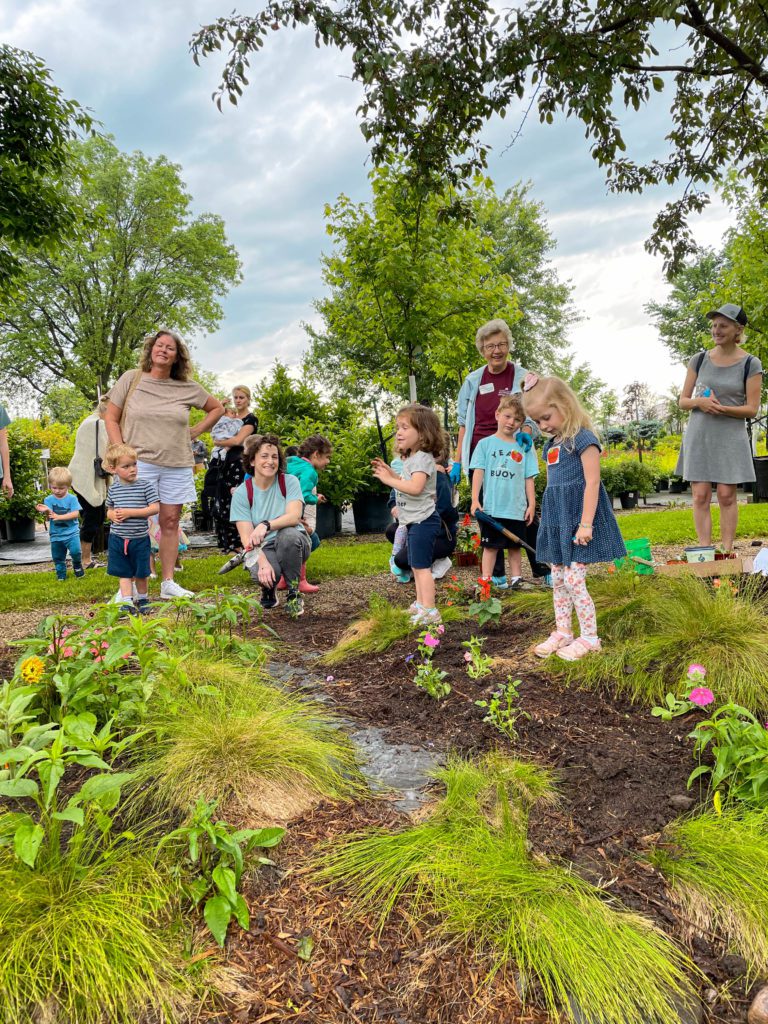
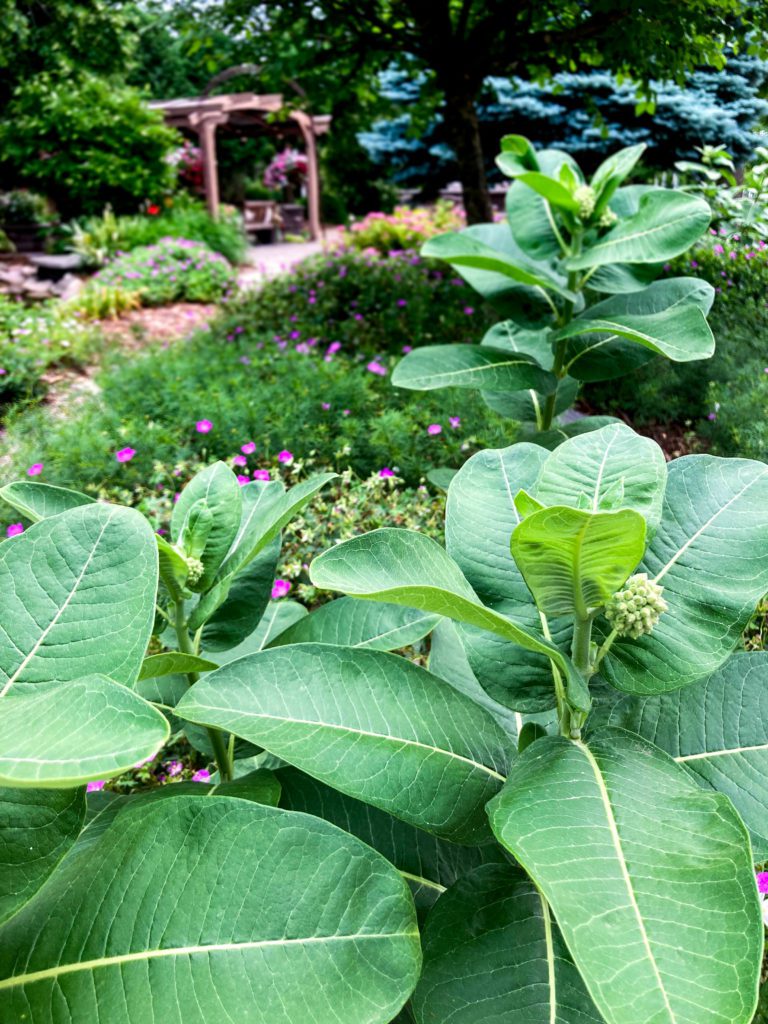
Pest Control
It’s no secret that harsh chemicals used in the growing process can be detrimental to pollinators. Neonicotinoids are directly associated with colony collapse disorder. Other harsh chemicals are often non-selective and do not discriminate between friend and foe. We are making big moves away from these practices to maintain pollinator-safe products. Sargent’s does not grow any plants with the use of neonicotinoids. Furthermore, we are leaning more and more on the use of beneficial insects in our growing operation. These insects reduce the amount of pesticides needed in greenhouse production.
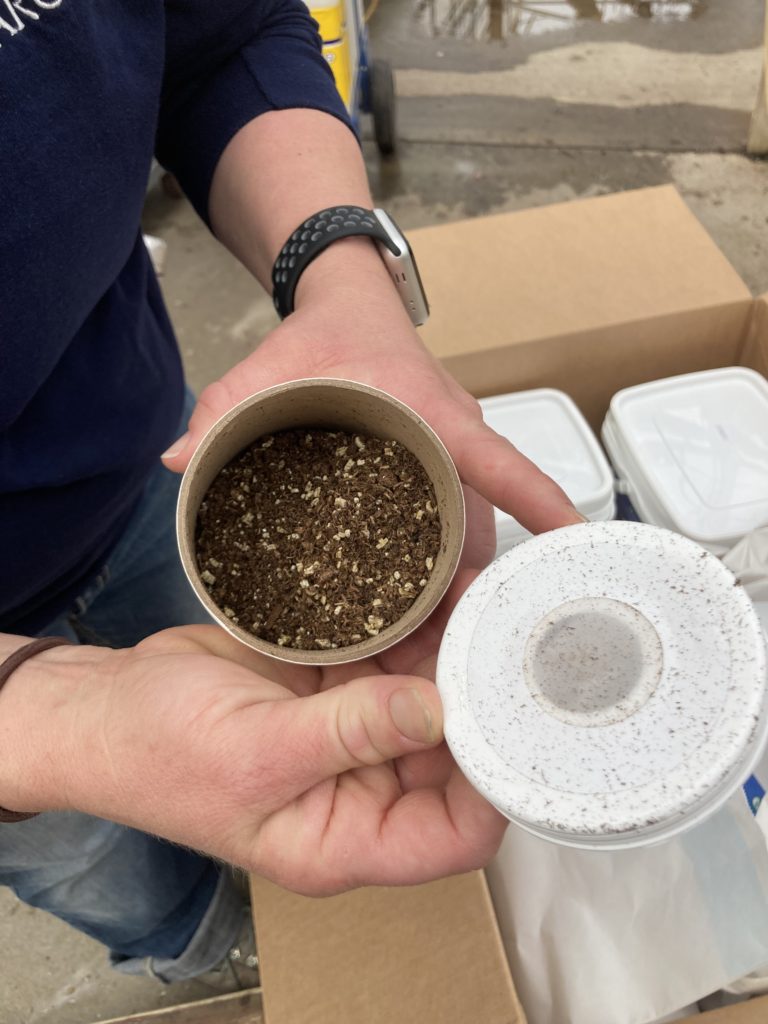
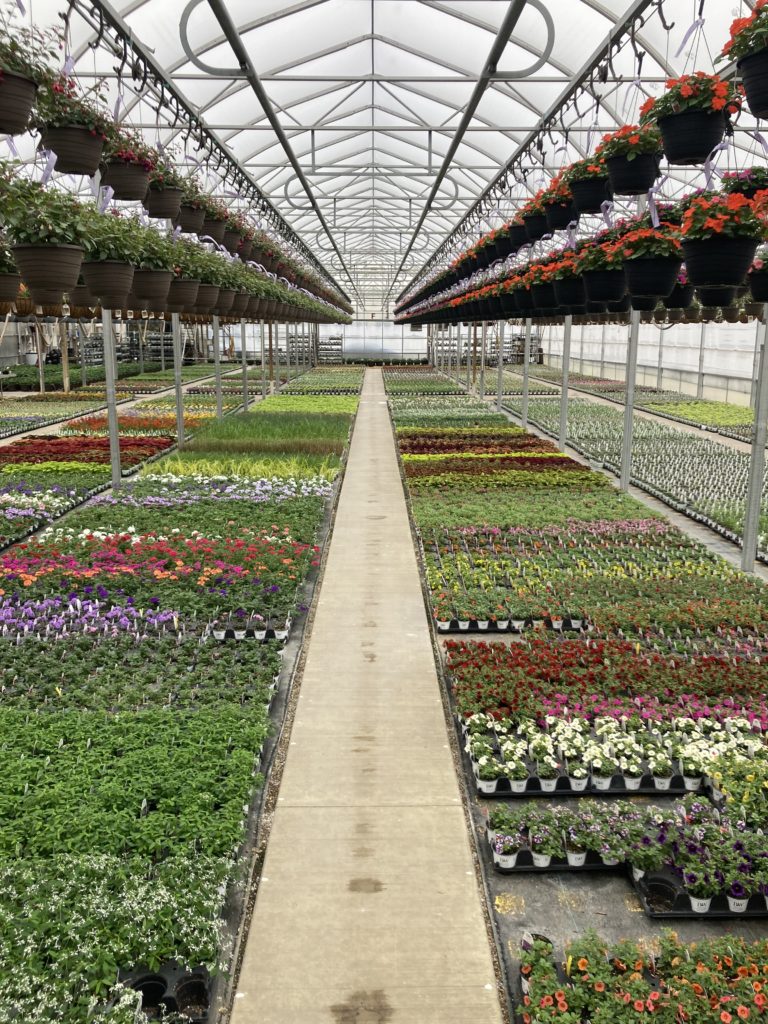
If you want to learn more about our beneficial insect program, check out our recent blog post found HERE.
Attract Pollinators to Your Yard
If you are feeling inspired to attract bees, butterflies, and hummingbirds to your yard, we’ve got some plants they’ll love. These plants will fit in new or existing gardens. PRO TIP: Plant a lot! Pollinators will be more attracted to a grouping of flowers than a single plant of the same variety. Try and plant at least 5-10 square feet of these flowers.
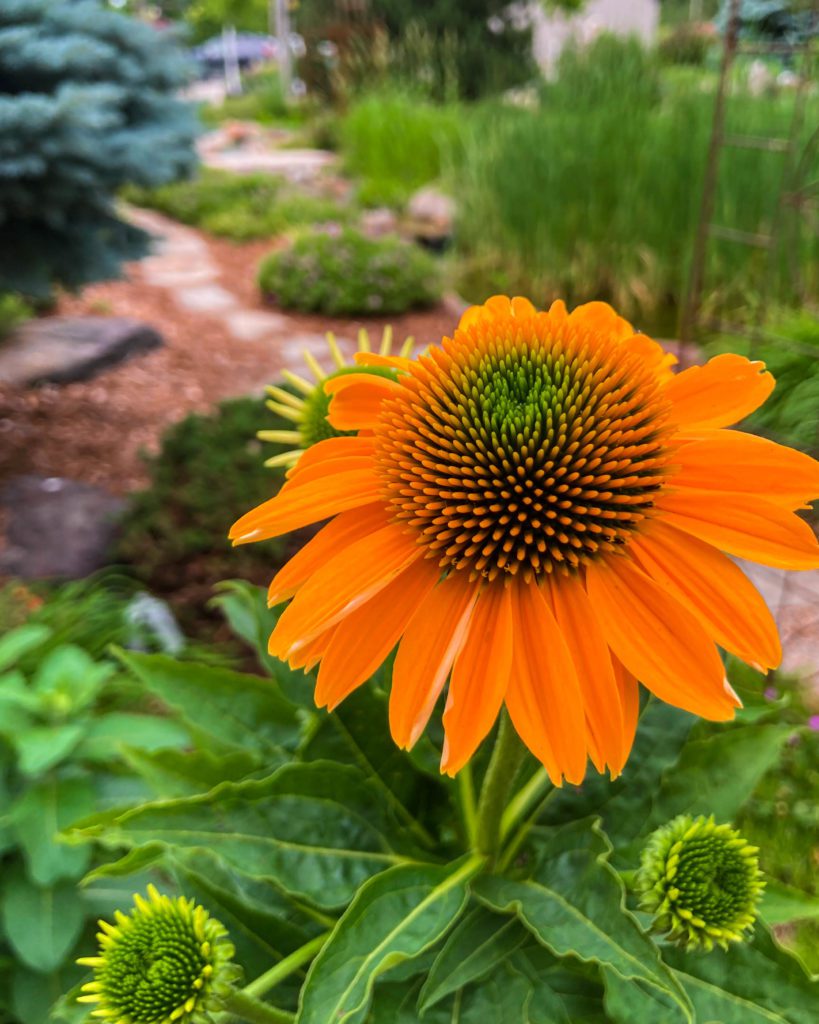
1. Coneflower aka Echinacea
Pictured is the ‘Ganada Gold’ variety from the SOMBRERO line of coneflower. Growing up to 2′ tall, coneflower is a butterfly favorite (although you’ll see all pollinators visiting). These bright orange blooms will persist throughout the summer months.
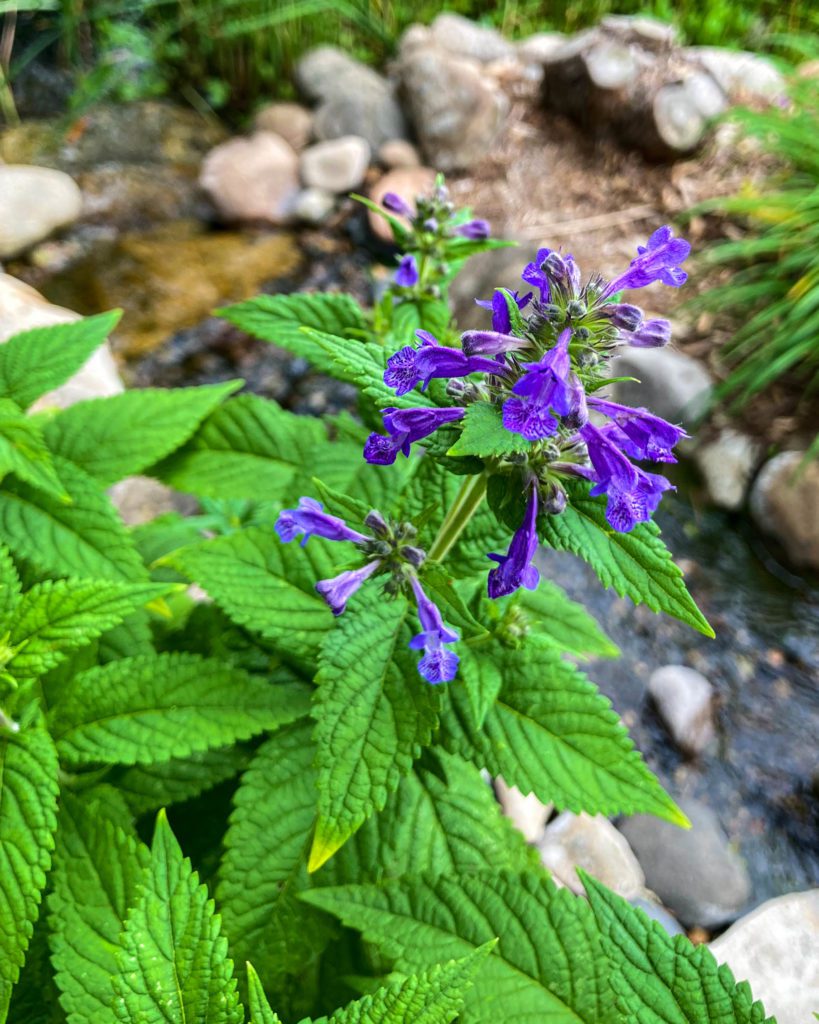
2. Catmint aka Nepeta
Pictured is the ‘Neptune’ variety of Catmint. This is a dwarf variety of Catmint that grows to about 8-12″ tall making it very versatile in the garden. This plant is always covered with bees while on display at our garden center and will bloom into the fall with proper deadheading.
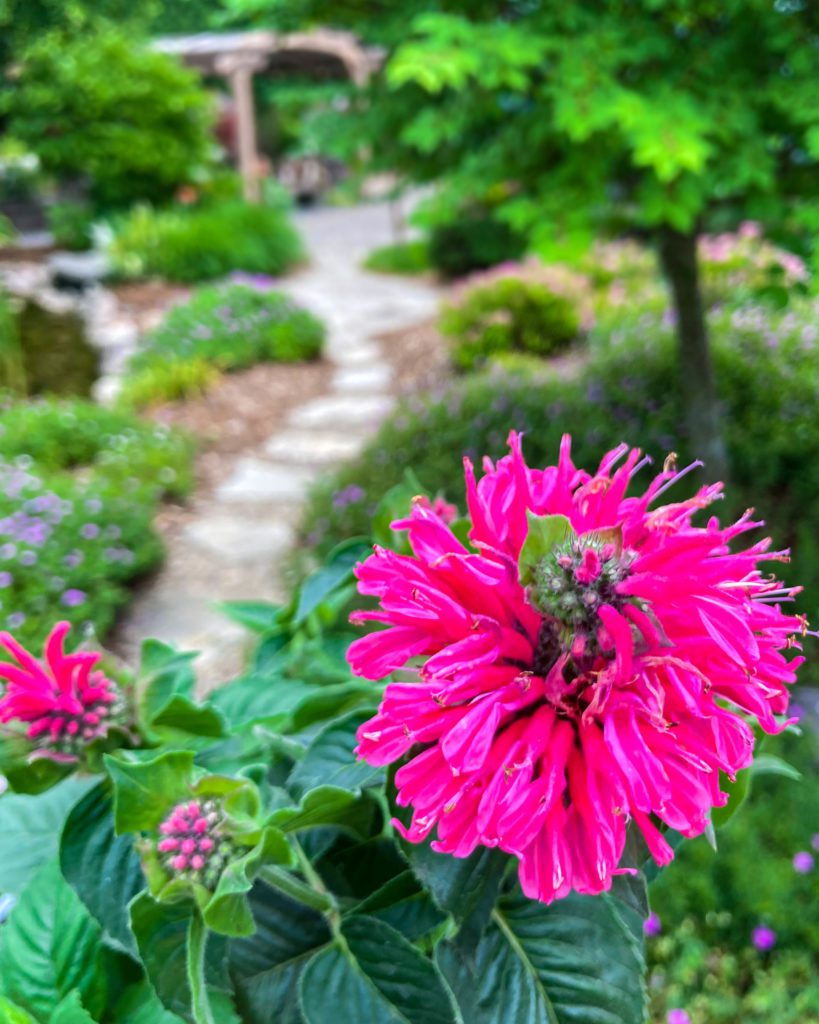
3. Bee Balm aka Monarda
Pictured is the ‘Bee-Merry’ Bee Balm. It has beautiful, deep magenta buds that adorn the dark foliage. These buds open to display large, coral-pink blossoms. These bloom during the summer months and are a true favorite of bees, butterflies, and hummingbirds alike.
Learn Something? Share it with your friends!
